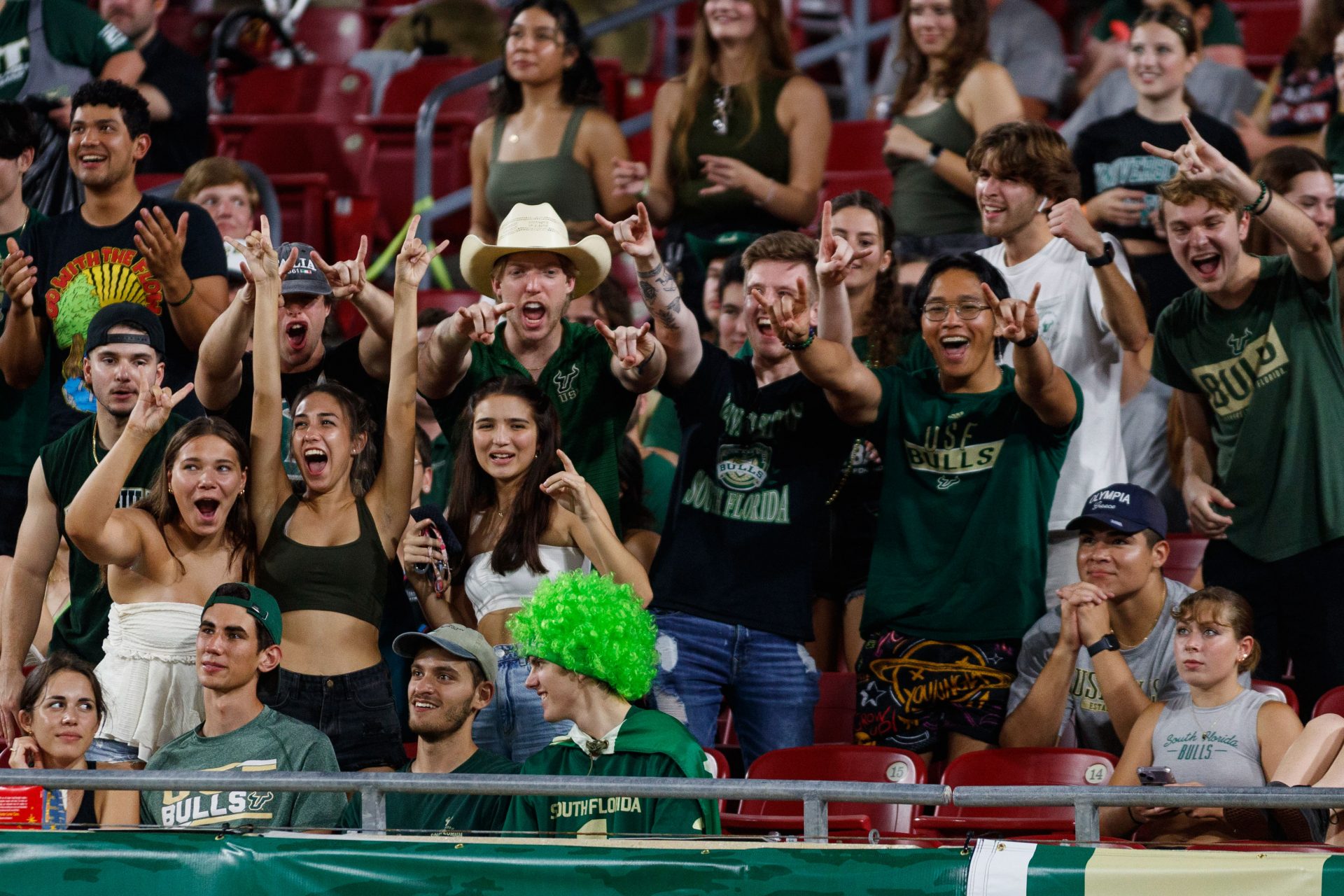Have you ever wondered just how long a college football game is? Not just in length of time, but with new timing rules, extended halftime periods, and clock stoppages common to the game?
What about the biggest differences between college and NFL games? You’re not alone, as the differences, though small on the surface, actually influence the game in a large way.

College Football Timing Rules Change for 2024
A college football game is the exact same length as an NFL game: 60 minutes. However, unlike professional football, college contests have subtle — albeit significant — differences in their game clock operation that alters the actual length of each match.
Formerly, college football games would stop the clock on any first down and any out-of-bounds play. Only the referee could signal when the clock was to start again, usually doing so only once the first-down markers were reset.
MORE: Simulate the College Football Season with CFN’s College Football Playoff Predictor
In 2024, however, the rules for college football timing changed to almost mirror that of the NFL. No longer will the clock stop on every single first down. No longer will the clock stop on every play that ends up out of bounds.
College football is set to keep the same first-down and out-of-bounds rules once the clock reaches the two-minute timeout, but the clock will now continue moving after each first down and once the ball is set from an out-of-bounds play.
There used to be no two-minute warning in college football, and though it’s called a two-minute timeout, the newly instituted rules for the 2024 season has put in place a break once the clock strikes two minutes remaining in both the second and fourth quarters.
The reason for the break is to institute and signal to teams and officiating crews that the “old” timing rules will go back into effect and adds to the game’s theatrics all the same.
Previously, each college contest would last around 3.5 hours. That figure was roughly 20 minutes longer than the average NFL game.
However, early approvals of the new timing rules in college football’s 2024 season put game times down an average of 10 minutes, closing the gap on the two levels of football in terms of length of play.
How Many Quarters Are in a College Football Game?
Though there are differences in the game clock operations between college football and the NFL, each level of the sport has the same number of quarters in their contest. College football games consist of four quarters like the NFL, but if it goes to overtime, it’s a completely different ball game.
College football’s overtime rules changed drastically in 2023 and mirrored that new rule period in 2024 and beyond. An overtime period will consist of matching possessions for each team, and if the score is different following a singular possession from each team, that team is the winner.
MORE: College Football Overtime Rules Explained
Each team will be given possession at the 25-yard line to score a touchdown or field goal. Normal scoring rules are in play for the first period; however, in the second overtime period, a team must go for a 2-point conversion if they score a touchdown.
From the third overtime period on, each team will take turns attempting 2-point conversion plays from the 3-yard line. Each team will receive one possession per overtime period, in an attempt to match or outscore their opponent. The winner is only declared after the culmination of each overtime period if the scoring is different.
How Long Is Halftime During College Football Games?
With the overall length of the college game being longer than in the NFL, one may expect the halftime periods to be longer as a potential culprit. That actually isn’t the case, as college football has always emphasized their halftime periods lasting no longer than 20 minutes.
College football halftimes last longer than in the NFL by roughly 6.5 minutes. With the new rules bringing the timing of the actual play on the field down closer to the NFL levels, it’d be no surprise to see the halftime periods stay the same in college for the foreseeable future.
A main reason for that is the amount of plays the student-athletes take part in during college contests. On average, college football games consist of roughly 40 more plays than NFL games, though that number is trending downward to more like 20-25 more plays a game than NFL games.
To combat that, colleges employ longer halftime breaks and larger roster sizes than the NFL’s 53-man roster limit.
College Football Network has you covered with the latest news and analysis, rankings, transfer portal information, top 10 returning players, the college football season schedule, and much more!

